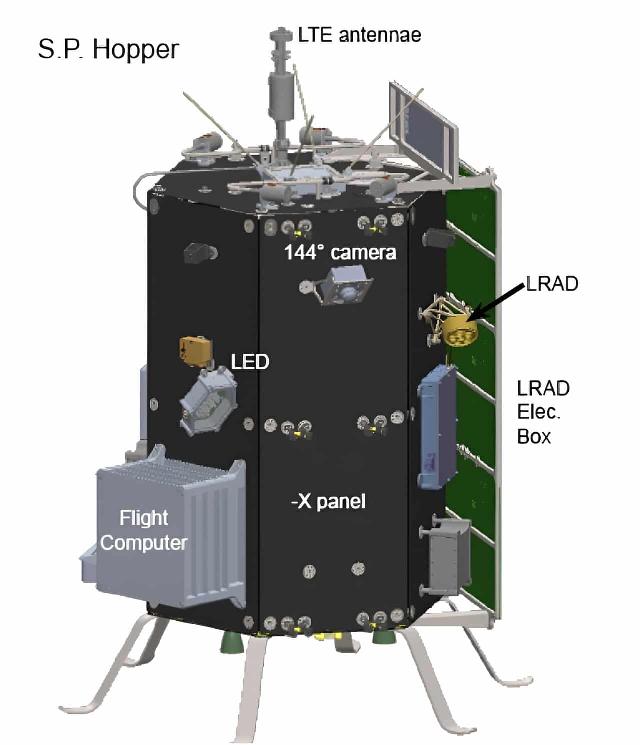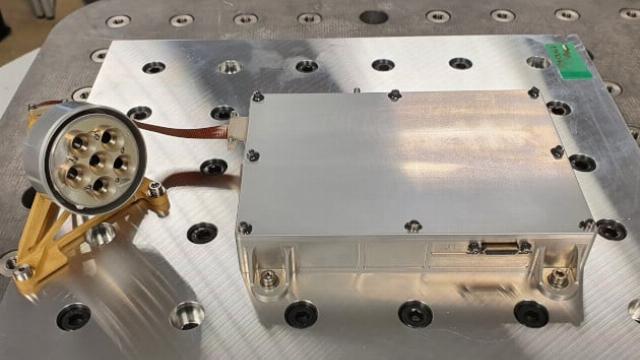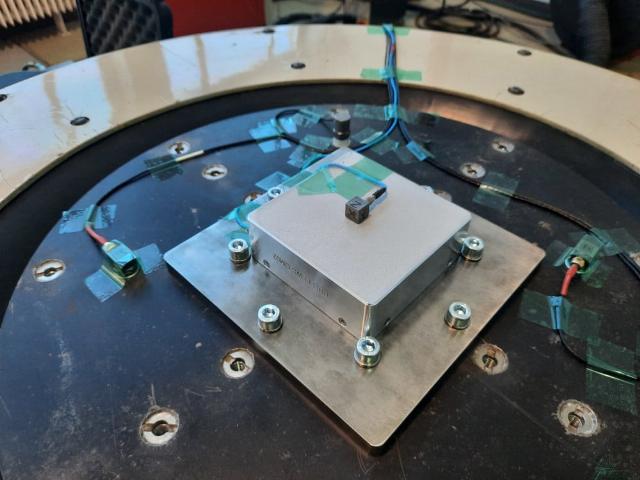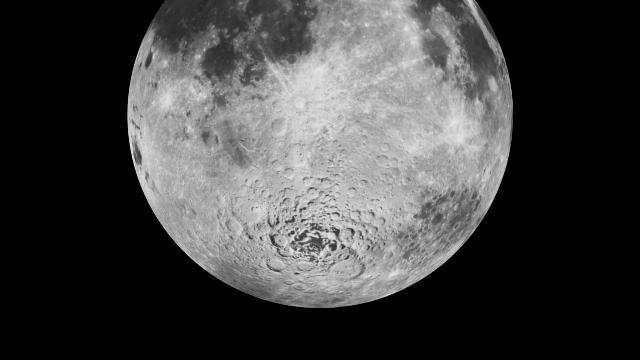The private space company Intuitive Machines, which recently managed to land its Odyssey module in the southern circumpolar region of the Moon, announced the development of a new device. This time, the company's engineers will create a jumping robot to explore permanently shaded areas of the Earth's satellite and uneven surface, including steep slopes, craters and hills — difficult areas that engineers can use in the future for the construction of lunar bases.
Before people go to populate our satellite, it is necessary to build a shelter on its surface — and in a place that will meet a number of requirements. For example, to protect from radiation, low temperatures (unlike the Earth, the Moon is devoid of a dense atmosphere and a magnetic field, which serve as a shield for our planet), to provide the base with electricity and water.
Scientists prefer the regions of the Moon's south pole . Firstly, there are many shaded areas containing large amounts of ice, which means water. Secondly, near the craters of the eternal shadow there are areas in which the Sun never sets - the so—called peaks of eternal light. These areas will allow the colonists to constantly use solar energy to power vital systems.
However, before the start of construction work, it is necessary to conduct a reconnaissance of the area in order to identify dangerous areas in advance and avoid them. It is not easy to carry out such reconnaissance from orbit, but full information can be provided by ground robots that will be in direct contact with the lunar surface.
In early April, the American private space company Intuitive Machines shared plans to create a robot to explore the difficult terrain at the south pole of the Moon — permanently shaded regions, uneven and deep objects, craters and steep slopes. Representatives of the company told about this at the 55th annual conference on the Moon and planets ( LPSC 2024 ), which was held in mid-March near Houston (USA).
The robot was named South Pole Hopper. It will be a small fully autonomous device weighing 35 kilograms and 70 centimeters high, equipped with a series of scientific instruments. The robot will deliver the IM Nova-C lander to the surface of the Moon, which is also being developed by an American startup.
The document provided by Intuitive Machines describes several technical features of the South Pole Hopper. In particular, it says that the device will have an accurate landing and prevention of dangerous situations (PLHA) system — it displays a section of the lunar surface in advance, calculates dangerous areas on it and directs the robot to a safe place. The robot will be able to "land" on objects with an angle of inclination up to 10 degrees, as well as move in low-light conditions.

The robot South Pole Hopper in the artist's view
Image source: Martin et al.
South Pole Hopper will communicate with Nova-C via LTE (wireless high-speed data transmission). It will allow the robot to "communicate" with the lander, even when it is out of sight.
The robot will use three main scientific tools to collect data:
— Two CMOS arrays (CMOS imaging systems) consisting of a set of photosensitive pixels capable of converting light energy into a charge, on the basis of which the final image obtained by the sensor is formed. During the flight, these systems will conduct continuous stereo filming and assist in navigation. The images obtained by CMOS matrices will be transmitted to Earth for analysis;
— LRAD thermoelectric sensor system for measuring the brightness of regolith in the infrared range, as well as searching for water ice;
— PLWS neutron spectrometer for hydrogen search.

LRAD instrument during vibration tests
Image source: Martin et al.
During the operation, South Pole Hopper will have to solve four important tasks:
— To determine the geological properties of a particular ridge at the south pole, including inside a shaded area;
— Determine the brightness temperatures of the surface of some areas, both partially illuminated by sunlight and lying in shaded areas;
— To study the thermal inertia of the regolith at the landing site;
— Determine how much hydrogen is contained in the lunar soil, including in shaded areas.
One of the most remarkable features of South Pole Hopper is that it will be able to jump, and completely offline and regardless of terrain conditions. It is planned that the robot will make only five or six jumps.

PLWS instrument on the vibration test stand
Image source: Martin et al.
The first is an "introductory jump" of 20 meters within 24 hours after the moon landing; it is necessary for the engineering team to receive data on the technical condition of the robot. Then South Pole Hopper will jump 100 meters. This jump will be rather "demonstrative": it should show that such jumping robots as South Pole Hopper are quite suitable for exploring the Moon.
Then there will be a 300—meter jump to the edge of the Marston crater, part of the ridge connecting the craters Shackleton and de Gerlache ridge. Next, into the crater itself, into the shaded area, and then the robot will return to the ridge. If there is fuel left, South Pole Hopper will make the sixth jump, during which the device explores the surroundings.
According to Intuitive Machines engineers, the robot will be born in 2024, and it will be on the surface of the Moon in November-December of this year if the mission is successful.

